nasal lymphoma in cats symptoms
In the case of nasal tumors exposure to cigarette smoke and living in urban environments appear to be risk factors. Sneezing or nasal discharge nasal lymphoma Vomiting GI lymphoma Diarrhea GI lymphoma Weight loss any lymphoma Lethargy any lymphoma Seizures or other neurologic signs central nervous system lymphoma nasal lymphoma Changes in urination or drinking renal.

What Is Cat Spraying How To Deal With It Hill S Pet Cat Care Cat Spray Cats
Affected cats often develop weight loss vomiting and diarrhea.
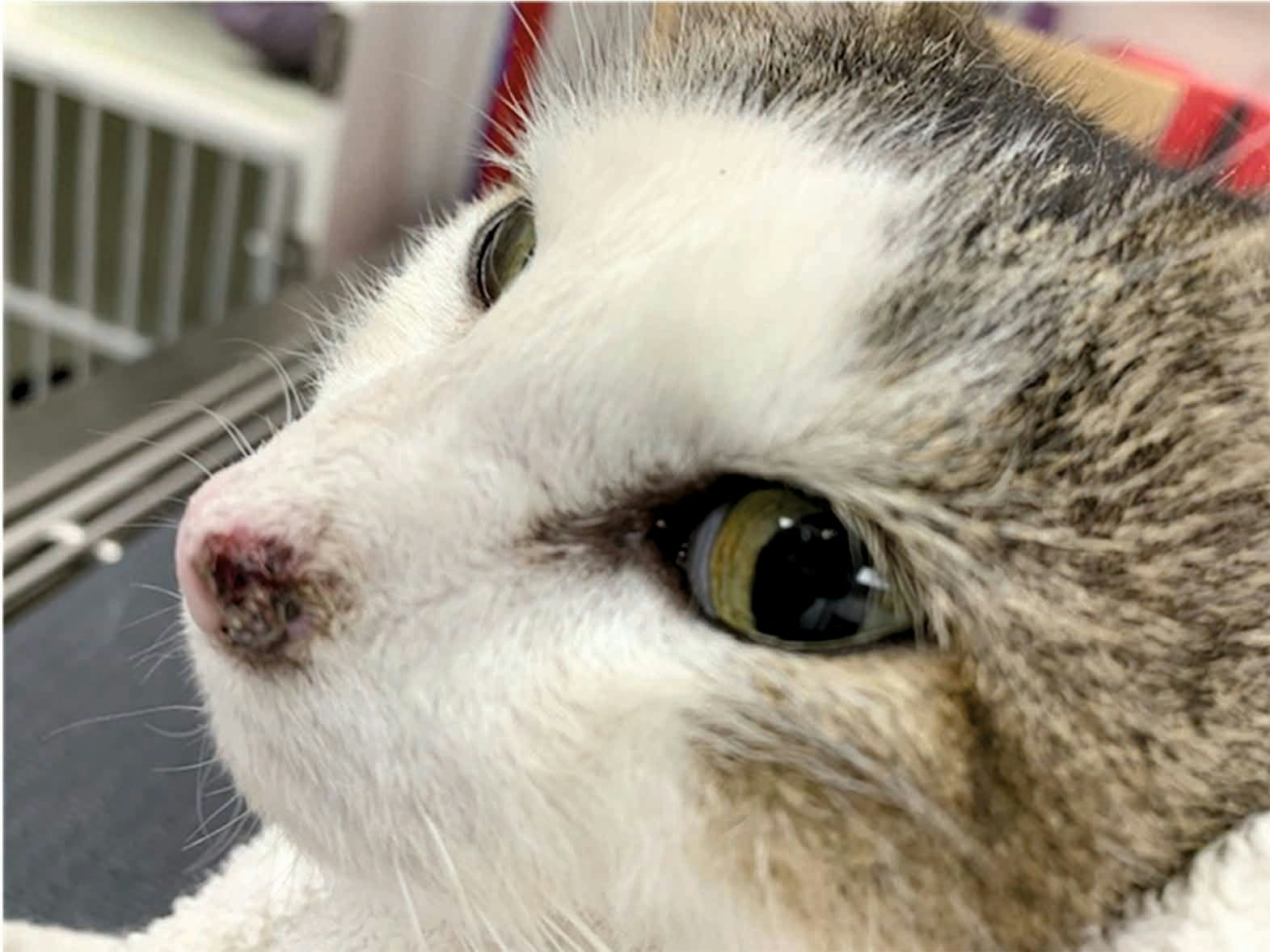
. Cats of any breed and any age can get. At the end stage of lymphoma the cancer invades organs and bones -- any place where the lymphatic system connects. When this happens some of the signs are.
It is most common in felines between the ages of 5 and 9. What are the clinical signs of nasal lymphoma. In cats the risk may increase with the exposure to certain viruses.
Depending on the type of lymphoma other treatments may be needed. Cats with nasal lymphoma often develop chronic nasal discharge sneezing and loud breathing. Of the tumors 41 of 50 82 were classified as nasal lymphoma 5 of 50 10 were classified as nasopharyngeal lymphoma and 4 of 50 8 involved both nasal and nasopharyngeal tissue.
Renal Lymphoma in Cats. A CT scan and biopsy are required to diagnose nasal lymphoma. Monitoring is required to assess the cat for side effects of treatment though chemotherapy is generally better tolerated in animals than in people.
Facial deformities caused by tumor growth. How is nasal lymphoma diagnosed. Lymphoma can affect the entire lymphatic system or just portions of it.
Respiratory distress is typical of mediastinal lymphoma. Cats with histories of feline leukemia virus or feline immunodeficiency virus may be predisposed to developing lymphoma including nasal lymphoma. This is different than marking behavior.
If he exhibits any of these signs however you may want to take a closer look at his behavior. Most cats with nasal tumors experience the following symptoms. Rubbing his face on the ground with body language that indicates discomfort.
Patients commonly exhibit nasal discharge sneezing upper respiratory noise eg stridor stertor wheezing epiphora and occasionally increased respiratory effort and coughing. The most affected area is usually the nasal cavity and this variant is accompanied by strange secretions and difficulty breathing. Up to 10 cash back Some symptoms of lymphoma in cats include.
You may also notice a bulge or bump forming over the bridge of the nose. The general symptoms in all cases are apathy weight loss and eating problems. One or both eyes may become red or painful.
Some cats have a decrease in appetite some have an increased appetite while others have no change in appetite. Other signs include bleeding and facial deformity. Mediastinal lymphoma occurs within the chest and therefore is.
Common side effects include lowered white blood cell count vomiting and decreased appetite. If your cat has mediastinal lymphoma youre most likely to notice respiratory problems like difficulty breathing gasping or wheezing. Nasal discharge often similar to pus or streaked with blood Noisy breathing due to nasal obstruction Coughing.
Over-grooming to the end of. Symptoms of Nose and Sinus Cancer in Cats When cancerous cells or tumors are present in the nasal cavities or sinus passages the symptoms often mimic those of a respiratory infection. Nasopharyngeal tumors on the other hand manifest as heavy breathing often with a snoring sound and change in vocalism.
Other symptoms are common depending on. Cats are unique in that feline lymphoma often starts in atypical locations such as in their nasal passages spinal cord kidneys or eyes. Diarrhea Excessive thirst Excessive urination Lethargy Loss of appetite Nausea and vomiting Weight loss.
Regardless of the site some symptoms are common to all lymphomas. Symptoms include vomiting diarrhea weakness and lack of appetite or refusal to eat. Common early symptoms will include nasal stuffiness runny nose and sneezing which can all be linked to many common and minor illnesses.
For most species including humans and dogs lymphoma originates most often in the lymph nodes. Weight loss Lethargy Poor appetite. Lymphoma can affect the kidneys as well.
Nasal tumors often have a past history of nasal discharge and cat sneezing. Ten cats displayed multiorgan involvement and in 2 of these the involvement was limited to the cerebellum and frontal cortex respectively. Nasal lymphoma occurs primarily in older median 9 to 10 years FeLVFIV-negative cats.
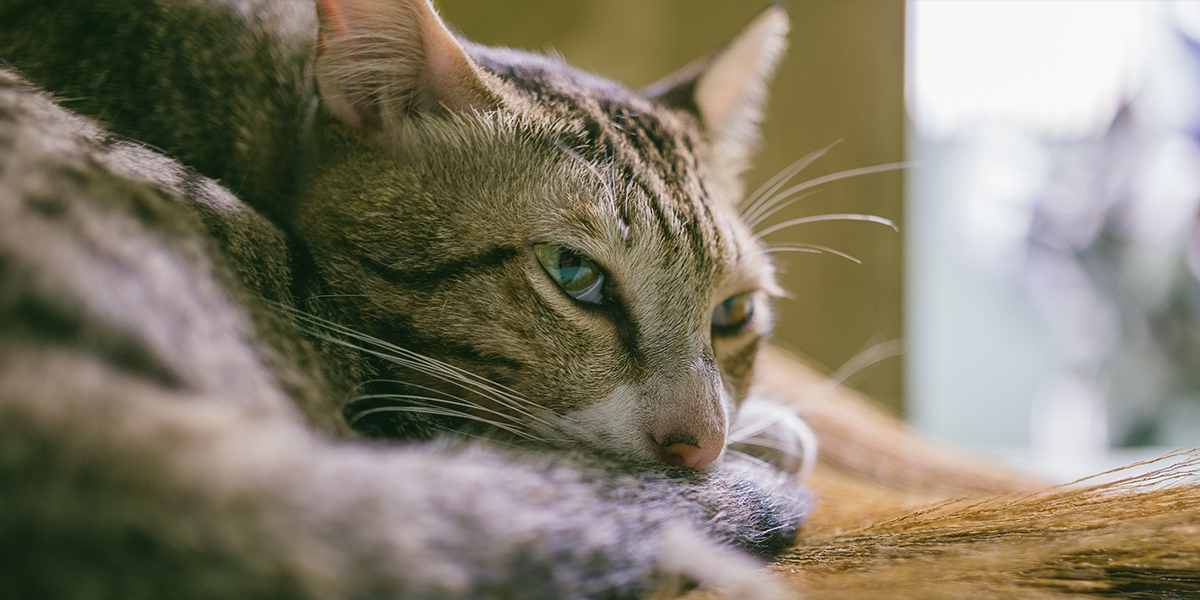
Chronic Upper Respiratory Tract Disease International Cat Care
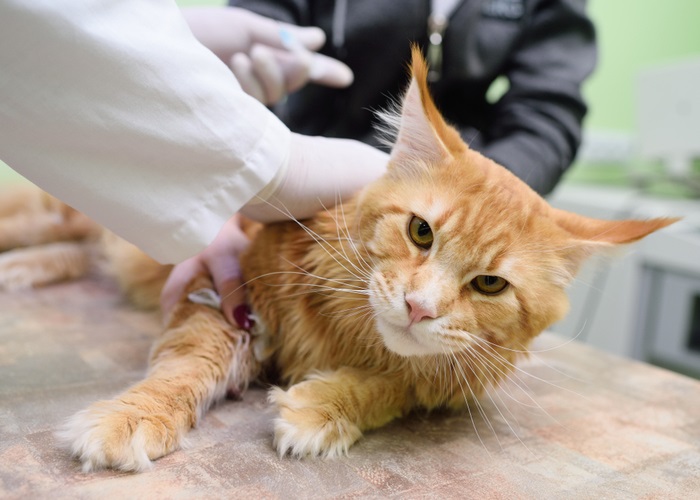
Lymphoma In Cats Symptoms Diagnosis Treatment All About Cats

Living With Lymphoma Catwatch Newsletter
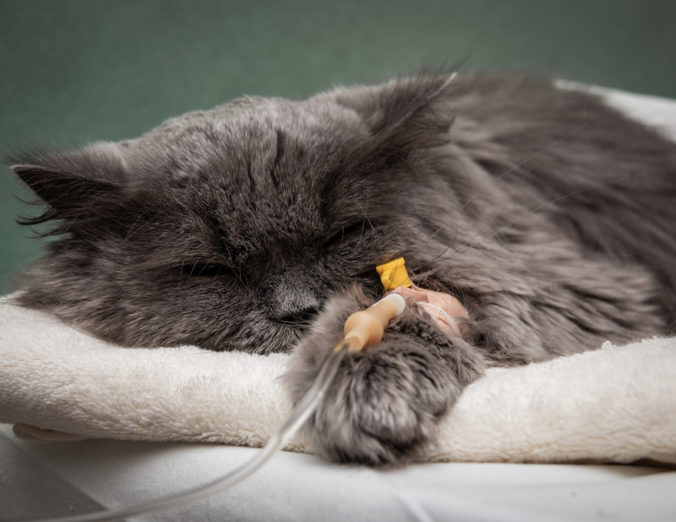
Diagnosis And Treatment Of Feline Lymphoma Glories Veterinary Hospital
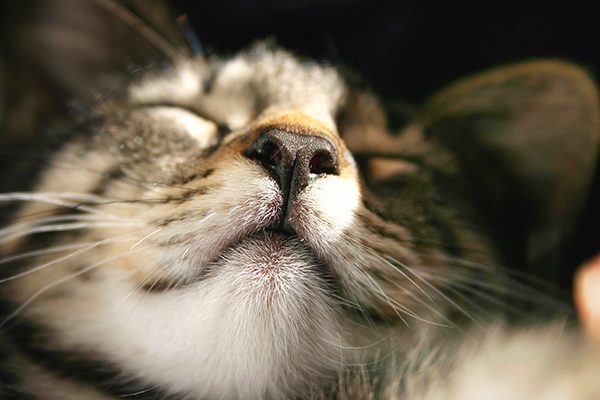
Learn About Nasal Cancer In Cats Petcure Oncology

Diseases Of The Feline Nasal Planum Vet Focus

Nose And Sinus Cancer Squamous Cell Carcinoma In Cats Petmd

Prognosis And Life Expectancy For Feline Lymphoma Vlog 99 Youtube
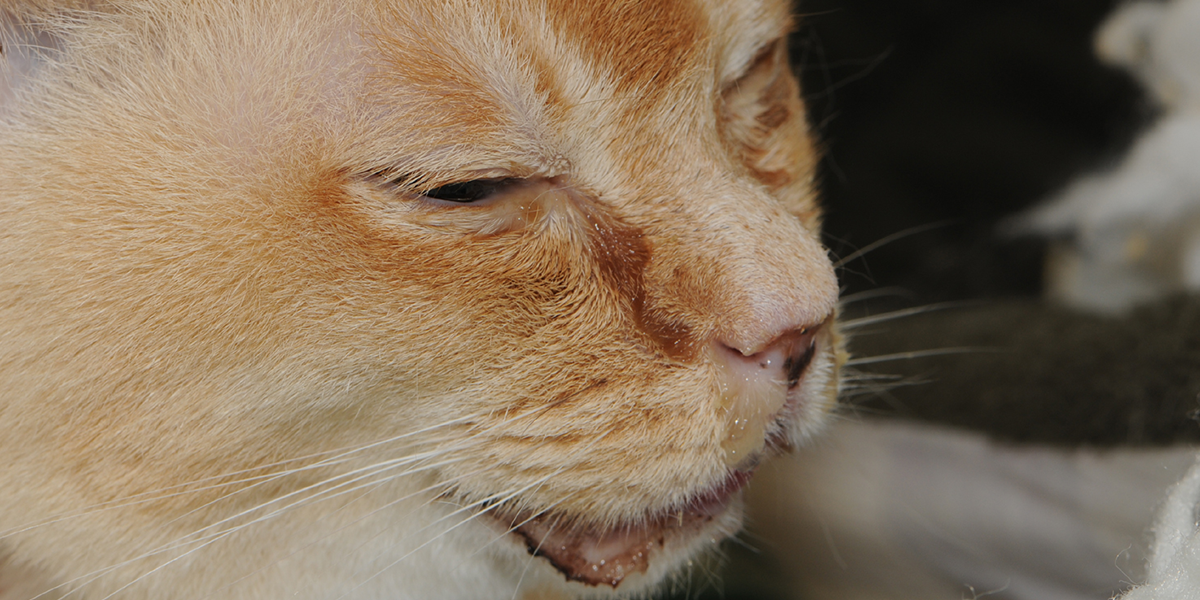
Cat Flu Upper Respiratory Infection International Cat Care

Nose Cancer In Cats Causes Symptoms Treatment All About Cats

Renal Carcinoma In A Cat Fna Cytology Citologia

Lymphoma In The Cat Fact Sheet Davies Veterinary Specialists

Lymphoma In Cats Great Pet Care
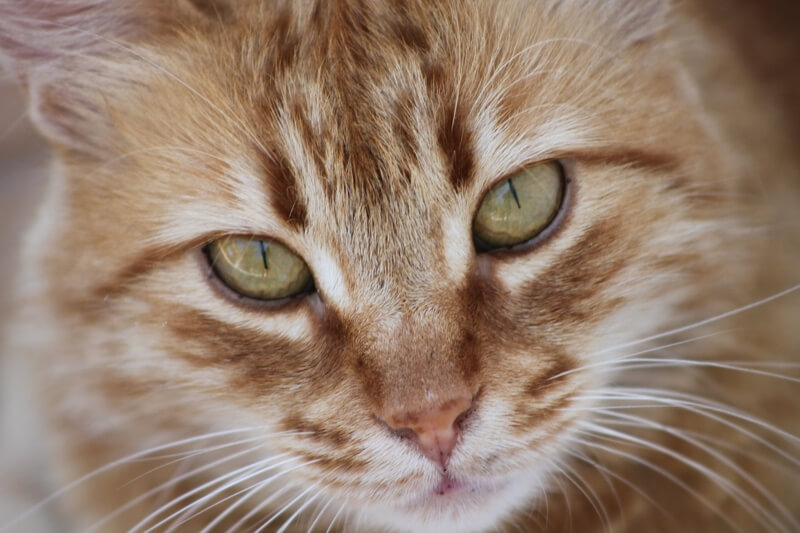
Understanding Lymphoma In Cats

Understanding Lymphoma In Cats

Nasal Lymphoma In A Cat Today S Veterinary Nurse

Living A Healthy Life With Feline Leukemia Kitten Hunter Ray S Happy Tail Feline Leukemia Feline Cat Mom

4 Types Of Cat Cancer And Their Common Symptoms

Facial Distortion And Epiphora In A Cat With A High Grade Large B Cell Download Scientific Diagram